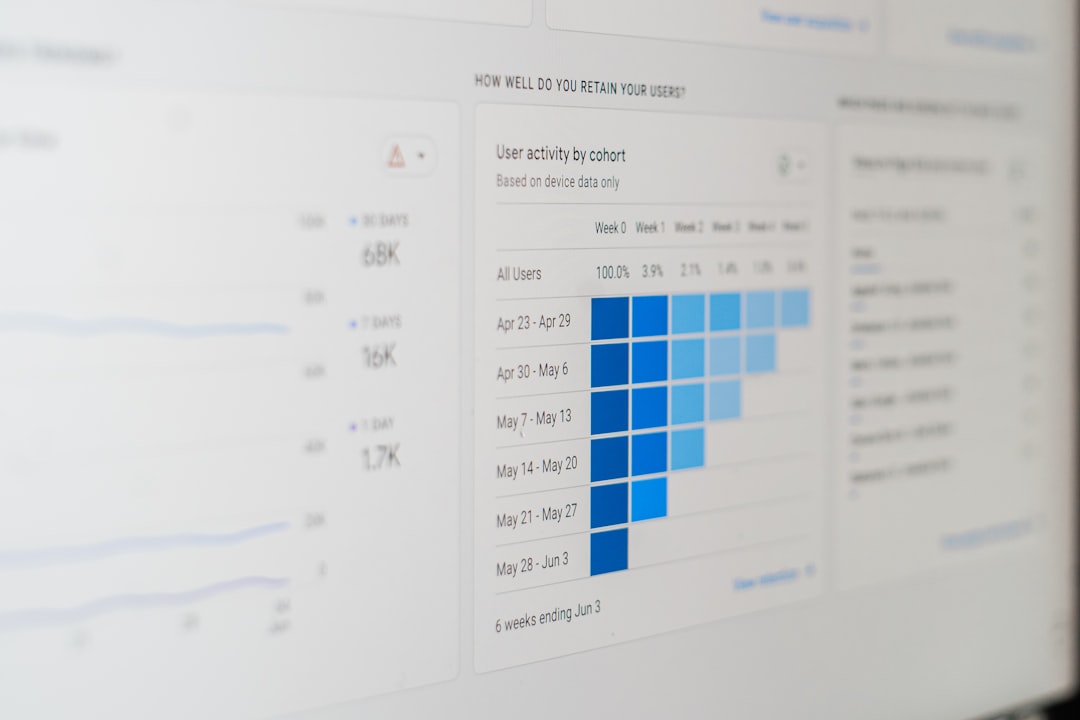In today’s digital-first landscape, content has risen to prominence as more than just a brand-building tool—it’s a measurable, data-driven asset that can influence sales pipelines. Marketers are no longer content with vanity metrics like clicks and impressions. The question on every digital strategist’s mind now is, “What is the real ROI of our content?” Understanding the journey from sessions to sales-qualified leads (SQLs), and ultimately to revenue, has become a top priority.
This evolution in thinking brings us to a more focused approach to measurement—one that tracks the performance of content from the first interaction to the point where the lead becomes a meaningful opportunity for the sales team. Welcome to the era of Content ROI: From Sessions to Sales-Qualified Reads.
What is Content ROI?
Content Return on Investment (ROI) is a performance metric that aligns content marketing efforts with bottom-line business outcomes. Rather than gauging success by how many people viewed a blog post, content ROI focuses on the quality of those engagements. It answers questions like:
- Did the reader go on to download a whitepaper?
- Did the content trigger a demo request or product trial?
- Was the lead routed to Sales as a qualified opportunity?
By analyzing content with this mindset, organizations can transform their content departments from cost centers into revenue-driving engines.
From Sessions to Meaningful Engagement
A “session” once signified success—proof that traffic is finding your blog or landing page. But while sessions are a basic metric, they say little about intent or user quality. Businesses now need to look deeper at how users engage with the content after landing on the page.
Modern tools enable marketers to analyze:
- Time on page: Longer times indicate genuine interest.
- Scroll depth: A full scroll shows thorough content consumption.
- Next action: Clicking links, downloading assets, or submitting forms.

With this granular understanding, sessions evolve into engaged reads—a more valuable metric that reflects the content’s ability to hold attention and provide information that resonates with the audience.
Sales-Qualified Reads: The Golden Metric
One of the most forward-thinking metrics in modern content marketing is the Sales-Qualified Read (SQR). Unlike a session or even a conversion, an SQR evaluates whether a reader has shown enough interest and fit to be considered a lead that should be reviewed by Sales.
Criteria that might classify a user as an SQR include:
- Repeat visits across multiple pieces of content
- Interacting with middle or bottom-funnel assets like case studies or pricing pages
- Engagement from a firm within the company’s Ideal Customer Profile (ICP)
- Submission of contact information on gated content (e-books, webinars, etc.)
This allows marketing teams to proactively surface which content is not only engaging, but also directly influencing pipeline movement. With attribution models, this data can further refine which types of content are best at converting interest into opportunity.
Attribution Models: Connecting Content to Revenue
To connect content with revenue, marketers must rely on attribution models. These models assign value across various touchpoints in the buyer journey. Common types include:
- First-touch attribution: Assigns value to the first piece of content that a user interacted with.
- Last-touch attribution: Credits the final piece of content the user accessed before becoming a lead.
- Multi-touch attribution: Distributes credit across all content interactions.

Using these models, businesses can identify content assets that consistently show up in closed-won deals or high-quality MQLs. These insights help allocate marketing budgets more effectively and scale profitable content formats.
Tools That Measure SQRs Effectively
The rise in content as a sales driver has propelled the growth of analytics tools tailored for B2B content marketing. Platforms like PathFactory, Uberflip, and Bombora offer content engagement analytics that go far beyond Google Analytics.
Key metrics these tools provide include:
- Account-based content consumption reports
- Content binge behavior tracking
- Lead scoring based on engagement depth
- Integration with CRM and MAP systems for lead attribution
These platforms help teams shift the narrative from traffic to value, shedding light on which content genuinely supports business development goals.
Strategies to Optimize for Sales-Qualified Reads
Creating content worthy of a Sales-Qualified Read requires more than keyword optimization and persuasive headlines. It involves strategic alignment with your sales process and buyer personas. Here are a few strategies:
- Map content to the funnel: Ensure content exists for every stage of the buyer journey—from awareness to decision-making.
- Segment by persona: Develop content that appeals directly to the concerns of key decision-makers and influencers.
- Use data storytelling: Supply evidence-driven insights, such as ROI calculators or industry benchmarks, to build trust and drive action.
- Include smart CTAs: Guide readers to the next best step with clear, context-aware Calls to Action.
- Leverage intent data: Align content promotion with known buying signals for greater likelihood of consumption.
Measuring Long-Term Impact
Another key consideration in assessing Content ROI is the long-term impact. Some content may not drive immediate conversions, but can establish brand credibility and serve as early touchpoints for future opportunities.
For instance, a well-researched whitepaper might influence someone at the awareness stage, who later revisits your brand during a solution evaluation. These slow-burns can ultimately become high-value accounts, making it essential to track historically influential content across longer attribution windows.
Conclusion
The shift from measuring sessions to tracking Sales-Qualified Reads ushers in a more intelligent, performance-driven era of content marketing. By applying advanced attribution, purposefully mapping content to buyer journeys, and using engagement data, businesses can turn content into a true revenue channel. It’s no longer about publishing more—it’s about publishing smarter.
Frequently Asked Questions (FAQs)
- What is a Sales-Qualified Read?
- A Sales-Qualified Read (SQR) is a content interaction that meets predefined engagement criteria suggesting the reader is ready to be evaluated by Sales. This can include repeat visits, deep engagement, or interaction with high-intent assets.
- How is Content ROI different from traditional content metrics?
- Traditional content metrics focus on traffic and page views. Content ROI shifts the focus to business impact, such as lead quality, conversion rates, and revenue influenced by each content piece.
- Which tools help in tracking content engagement effectively?
- Platforms like PathFactory, Uberflip, and Bombora provide enhanced content engagement analytics and integrate with marketing automation and CRM systems for better attribution and lead scoring.
- How do I start optimizing content for sales impact?
- Begin by aligning content with each stage of your sales funnel, leveraging intent data, and tracking content performance using multi-touch attribution. Focus on quality over quantity, and regularly assess what drives conversions.
- Can I measure ROI on top-of-funnel content?
- Yes, though it may not convert immediately, top-of-funnel content contributes to brand awareness and early influence. Using longer attribution windows and CRM integrations, you can track its eventual impact on pipeline growth.
